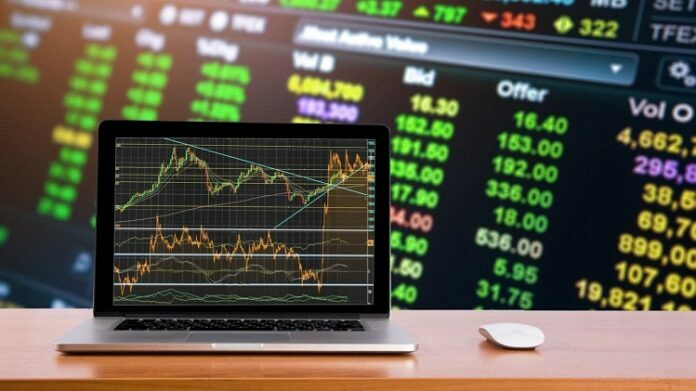More and more people are moving into the forex trading market. There are many attractions of this type of trading, not least of all the amount of financial leverage that is available. Here we will look at what leverage is to understand the pros and cons of how it can impact your career as a trader.
What is Leverage?
Leverage is a loan that a broker offers to a trader who has a forex account with them, which essentially boosts their account by up to as much as 1,000 times what they have in their account. This allows the trader to control a large amount of money with very little capital. The amount that the broker will lend is expressed as a ratio, typically 50:1, 100:1 or 200:1.
How Does Leverage Work
Leverage of 100:1 means that for $1,000 in your account, you will actually be controlling a $100,000 position. This means that if you invest $100,000 and it grows to $101,000, if you had come up with the entire capital yourself, your profit would be only 1%. However, with 100:1 leverage, only $1,000 of your money was used making your return an impressive 100%.
Leverage as a Double-Edged Sword
Using our example of 100:1 leverage, your return can be significant if the investment rises. However, what would happen if you lost $1,000? Well, the loss would be relative to the gain if the opposite were true and this would mean that you would lose a whopping 100%. For this reason, leverage has become known as a “double-edged sword” or a “two-way street.”
Controlling Leverage
Because leverage magnifies losses as well as profits, it needs to be controlled. If we look at two traders who each have $10,000 in their account and each have a 100 pips stop loss, but Trader 1 has 50:1 leverage and Trader 2 has 5:1 leverage, the difference in their losses would be significant. After a 100 pip stop loss, Trader 1 would have lost $5,000 (half of his entire account balance), while Trader 2 would have lost $500 and would more easily be able to move on to another trade. The key is to find the right balance for you between your potential profits and losses so that your profits are significant enough to be worthwhile, while your losses are not too significant to prevent you continuing to trade. The amount of leverage to use is individual and depends on many factors. As a general rule, the longer you plan to keep your position open, the smaller your leverage should be. When opening a position that you expect to only last a few minutes or even a few seconds, many people aim for the highest possible leverage available to aim for the highest possible profit over small market fluctuations. In other words, the amount of leverage depends on your trading strategy and how much you can lose. To understand leverage in cryptocurrency trading, visit this website:




